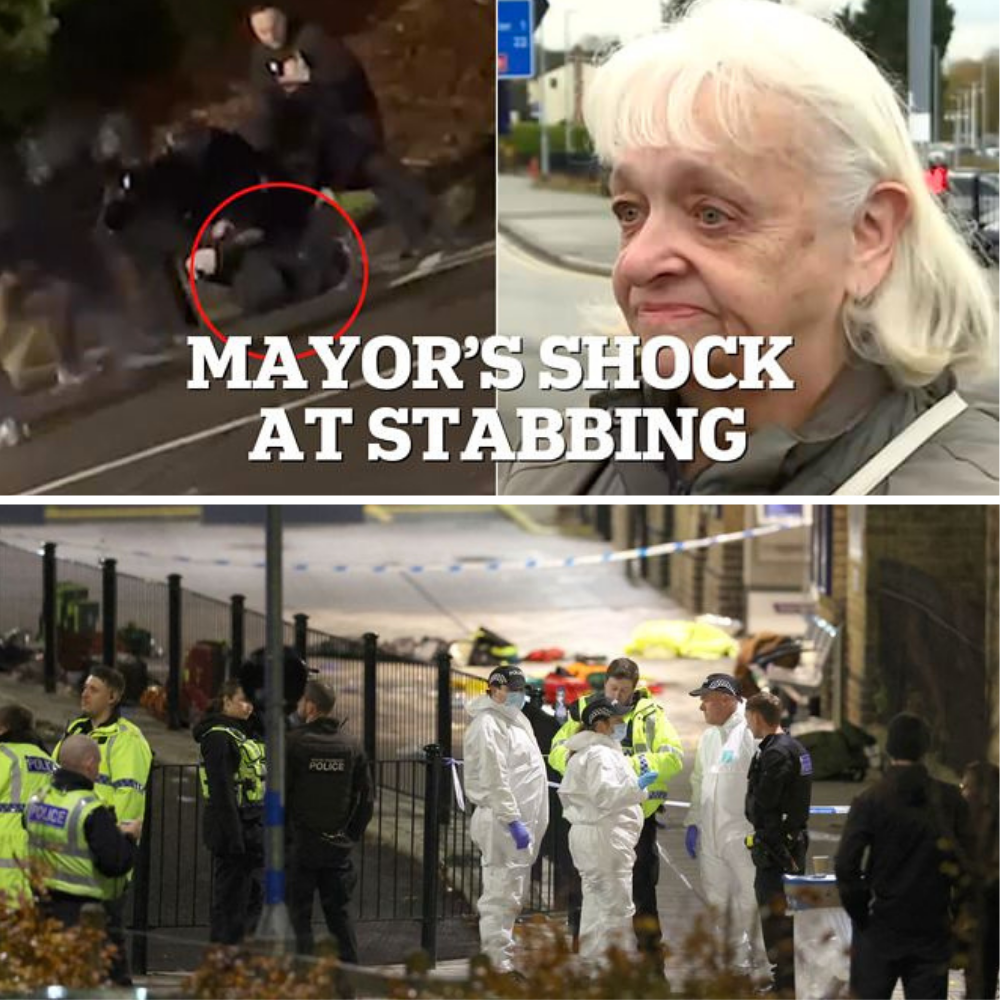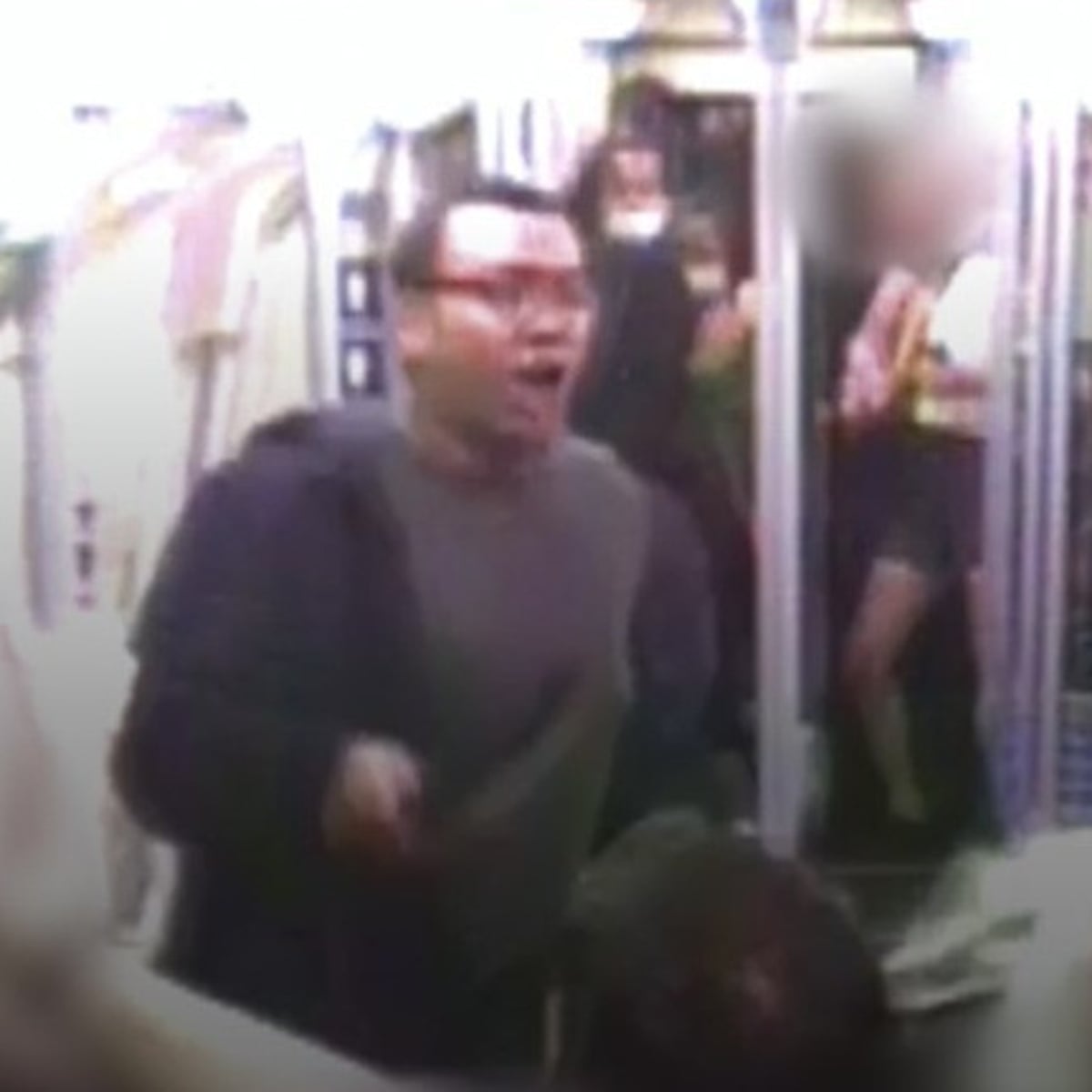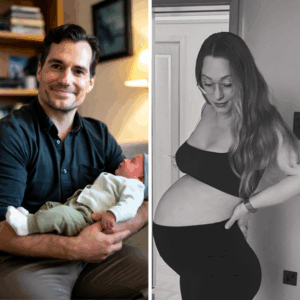
In the dim twilight of a routine Saturday evening commute, the quiet hum of a London North Eastern Railway (LNER) train from Doncaster to King’s Cross shattered into screams of terror on November 1, 2025. What began as an ordinary journey through Cambridgeshire’s rolling countryside morphed into one of Britain’s most harrowing mass stabbings, leaving 11 passengers wounded in a frenzy of blade-wielding violence. Yet, as emergency sirens wailed into the Huntingdon night, whispers of deception emerged: initial reports downplayed the carnage, fueling accusations that authorities are burying the truth to prevent a public meltdown.
The attack unfolded with chilling precision. At approximately 7:30 PM, shortly after the 6:25 PM service departed Peterborough station, a lone assailant – now identified as a 32-year-old British man from the city – boarded and unleashed hell. Witnesses recounted a man in black, knife gleaming under carriage lights, methodically slashing at passengers in coach J. “Run! They’ve got a knife!” a bloodied victim bolted through the aisles, his arm trailing crimson, as per eyewitness Wren Chambers. Panic erupted: families huddled in the buffet car, barricading doors with luggage; others crammed into tiny toilets, hearts pounding as the train rocketed toward Huntingdon. Dayna Arnold, separated from her partner Andy Gray, collapsed to the floor, pleading “Please don’t” as the attacker loomed over her.
The first 999 call hit Cambridgeshire Constabulary at 7:39 PM, British Transport Police (BTP) alerted moments later at 7:42 PM. Within eight minutes – a testament to recent emergency drills simulating just such a nightmare – the train screeched to an emergency halt at Huntingdon station. Armed officers stormed the platform, tasering the suspect as he leaped a fence, knife still in hand, pursuing fleeing passengers. Harrowing CCTV footage, later leaked online, captured the chaos: screaming commuters sprinting down platform two, the attacker swaggering behind like a specter from a slasher film. A second man, 35, from London, was briefly detained but released Sunday after enquiries cleared him – a detail that initially muddied the narrative, with two arrests reported before the “lone wolf” clarification.

But here’s where the veil thins: early police statements pegged injuries at “multiple” with “life-threatening” caveats, yet the true toll climbed to 11 hospitalized, nine initially deemed critical. Four have since been discharged, but two – including a “heroic” LNER guard who charged the attacker, bottle in hand, saving countless lives – remain in life-threatening condition. Transport Secretary Heidi Alexander confirmed the guard’s “critical but stable” status on Times Radio, praising his valor. King Charles echoed national horror, stating he and Queen Camilla were “truly appalled and shocked” by the “dreadful” assault. Prime Minister Keir Starmer called it “appalling,” vowing increased station patrols, yet his government’s review of rail security feels like damage control amid rising knife crime fears.
Knife offenses in England and Wales have dipped 5% year-on-year, fatal stabbings down 18%, per official data. Yet perception screams otherwise. This incident, the second mass attack in a week after Uxbridge’s fatal stabbing, amplifies a chasm between stats and street-level terror. Social media erupts with raw footage and fury: right-wing voices like Ant Middleton urge exodus, while experts decry “brazen” public assaults eroding trust in underfunded police and courts. Online echo chambers amplify dread, turning isolated horror into national paranoia.
Is there a cover-up? Plato – the emergency code for marauding terror attacks – was briefly invoked then rescinded, with counter-terrorism units probing motives (now ruled non-terroristic). BTP’s Superintendent John Loveless insists the probe moves “at pace,” but delays in victim counts and suspect details stoke suspicions of minimized reporting to avert panic. After all, in a post-Brexit, post-pandemic UK grappling with urban violence, one viral video of blood-smeared platforms could ignite unrest.
As Huntingdon station remains cordoned, forensics combing for clues, the nation grapples with vulnerability on its veins of steel. This wasn’t just a stabbing; it was a rupture in the social fabric, exposing how fragile safety feels when blades cut through complacency. Demands grow for tougher sentencing – public knife-carrying already nets four years – and visible policing. Until then, commuters board with wary eyes, wondering: who’s next, and what truths are still hidden in the shadows?




